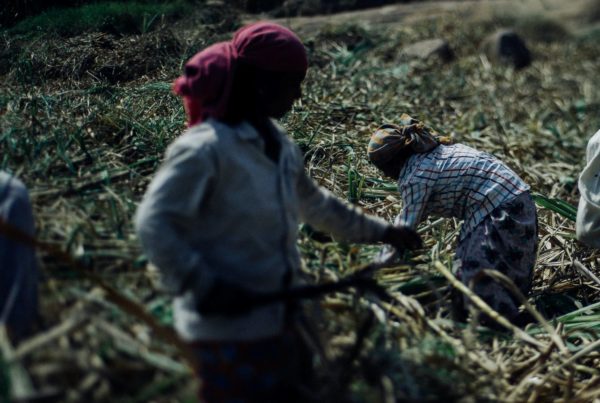Abstract
The arrival of European settlers at the Cape in 1652 marked the beginning of what would seemingly become an extremely unequal society, with ramifications into modern-day South Africa. In this paper, we measure the income inequality at three different points over the first century of Dutch rule at the Cape. What emerges from the study is a society characterised by severe inequality, with a relatively (and increasingly) poor farming population combined with pockets of wealth. The inequality is driven largely by wheat and, especially, wine production, which gave rise to an elite. Historical evidence supports our findings: Amongst others, the imposition of sumptuary laws in 1755 is closely correlated with a more segmented elite which includes both alcohol merchants and (wine) farmers. We compare these measures to those of other regions and time periods in history. Although the exact level of inequality is determined to a large extent by our assumptions, the Cape Colony registers one of the highest Gini-coefficients in pre-industrial societies. This provides some support to verify the Engerman-Sokoloff hypothesis that initial levels of high inequality would give rise to growth-debilitating institutions, resulting in higher inequality and underdevelopment.
https://ideas.repec.org/p/sza/wpaper/wpapers122.html
Fourie, J. and Von Fintel, D., 2011. A History with Evidence: Income inequality in the Dutch Cape Colony – Economic History of Developing Regions, Vol. 26(1).






